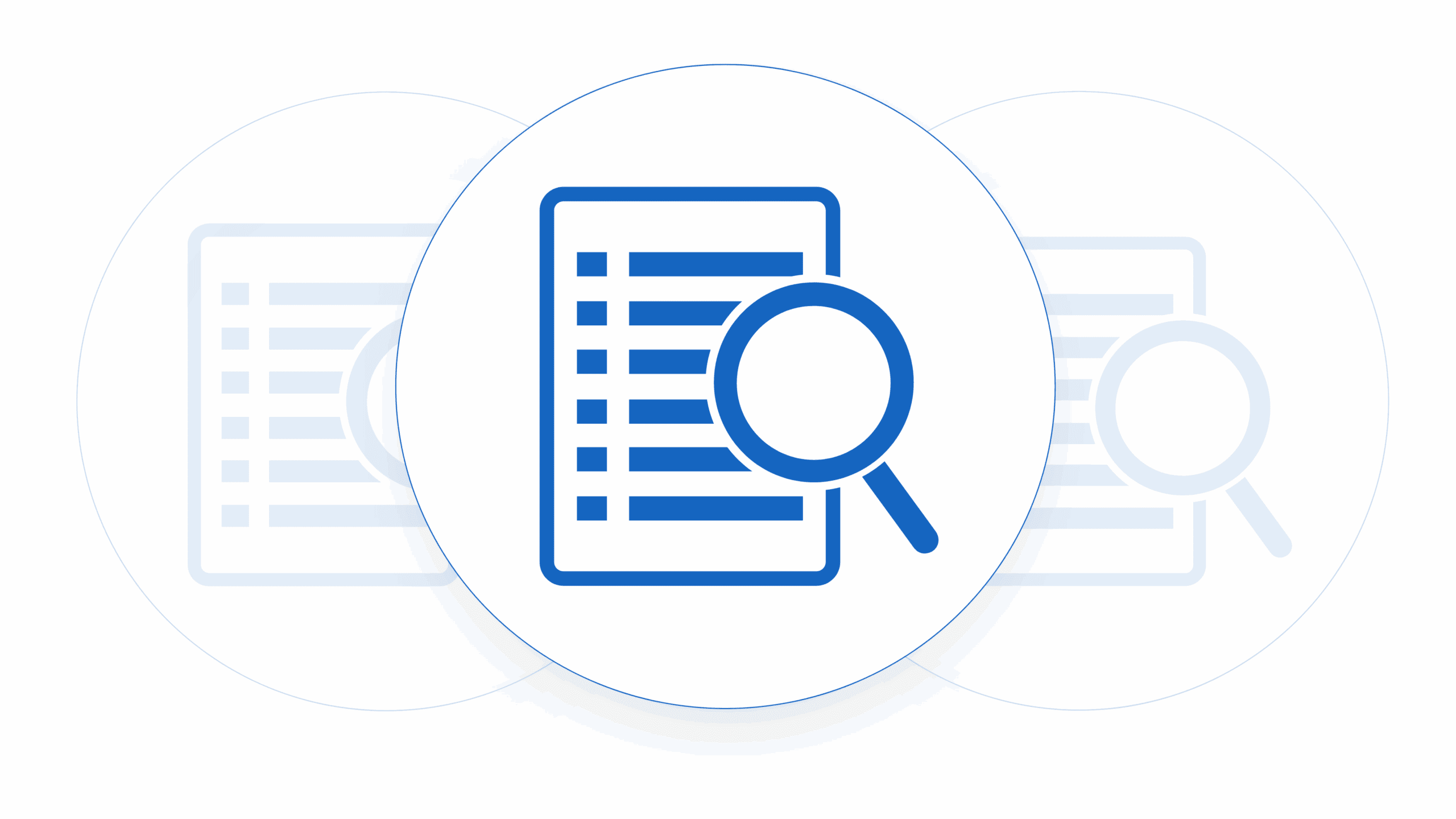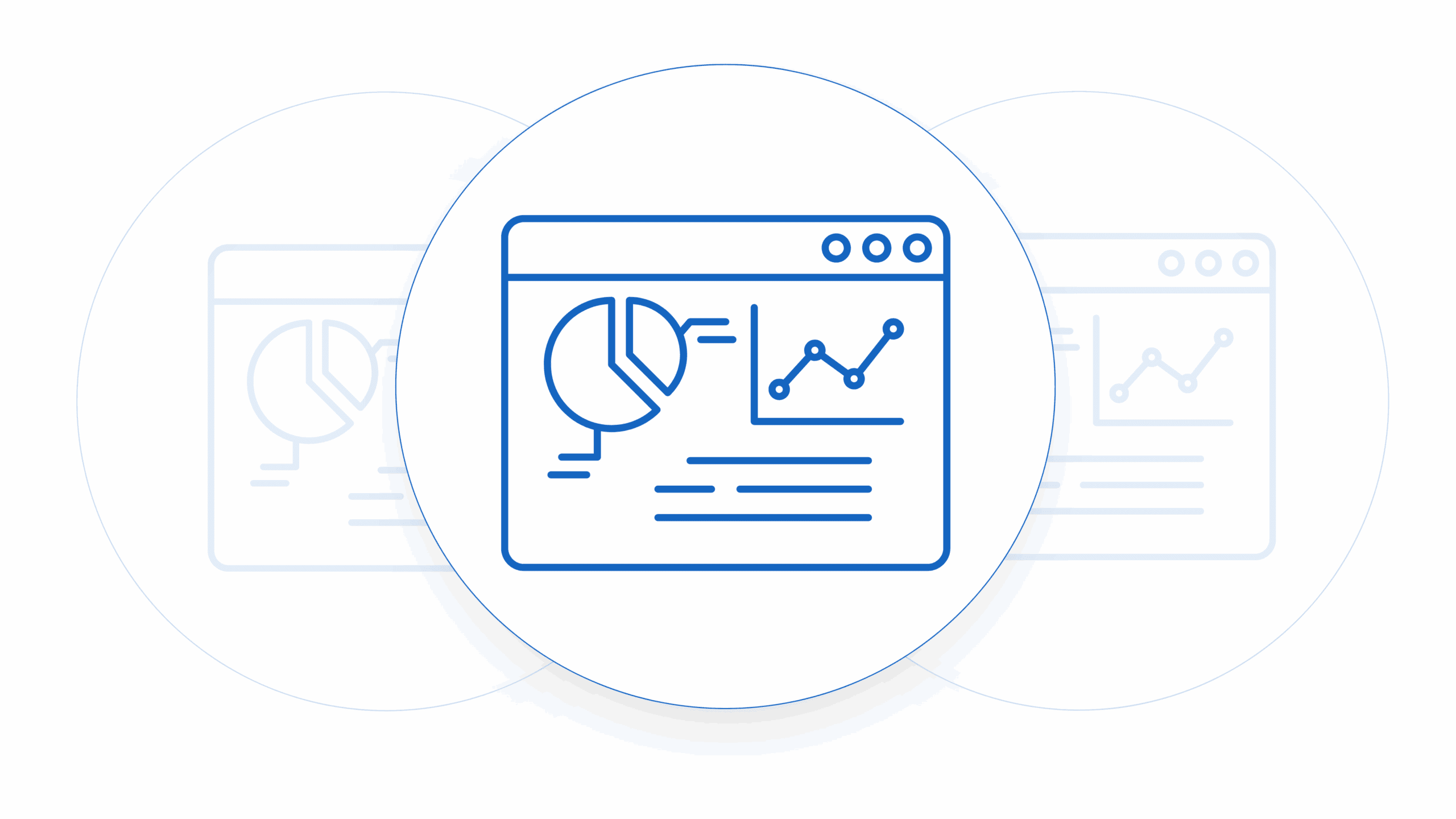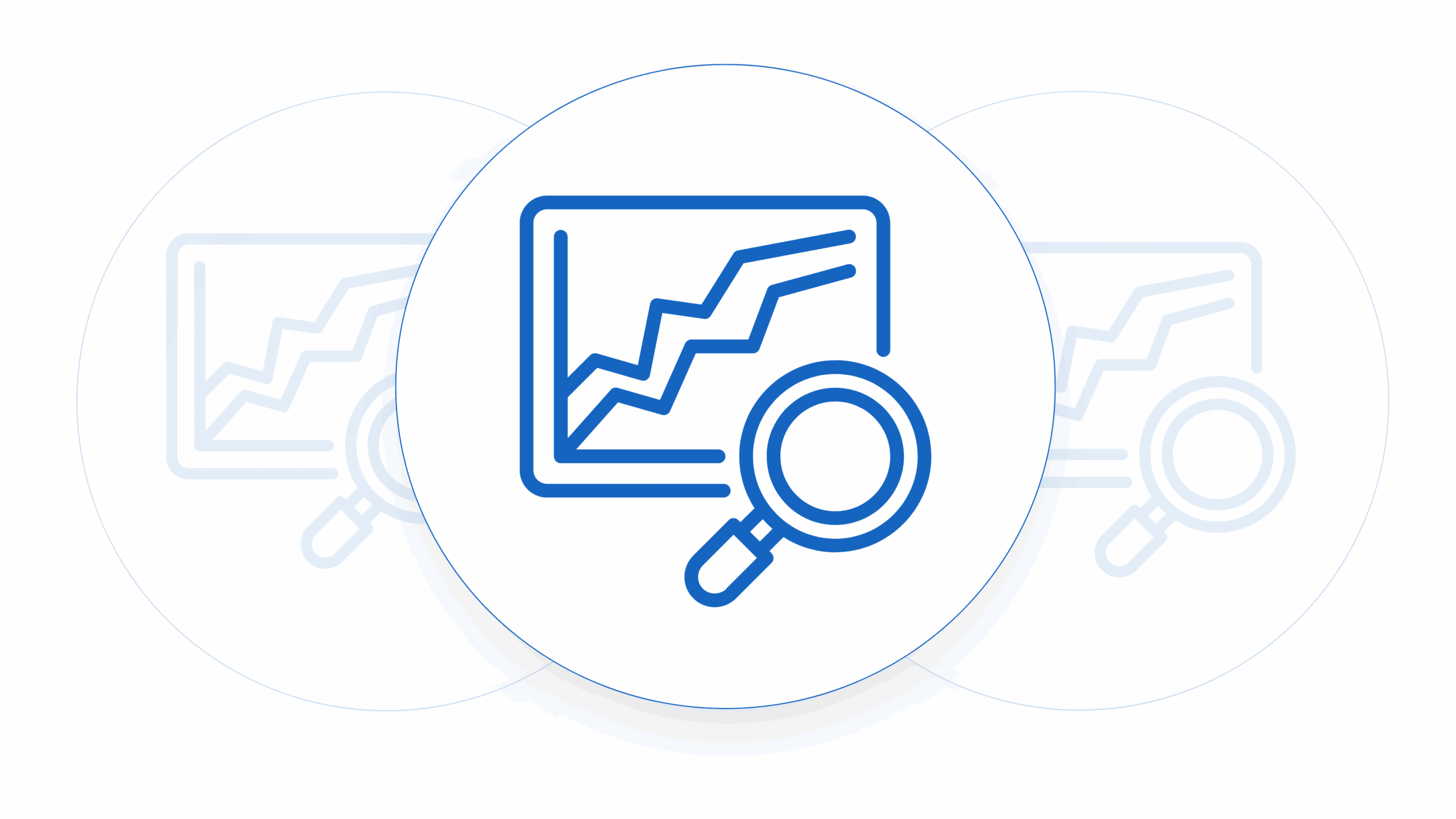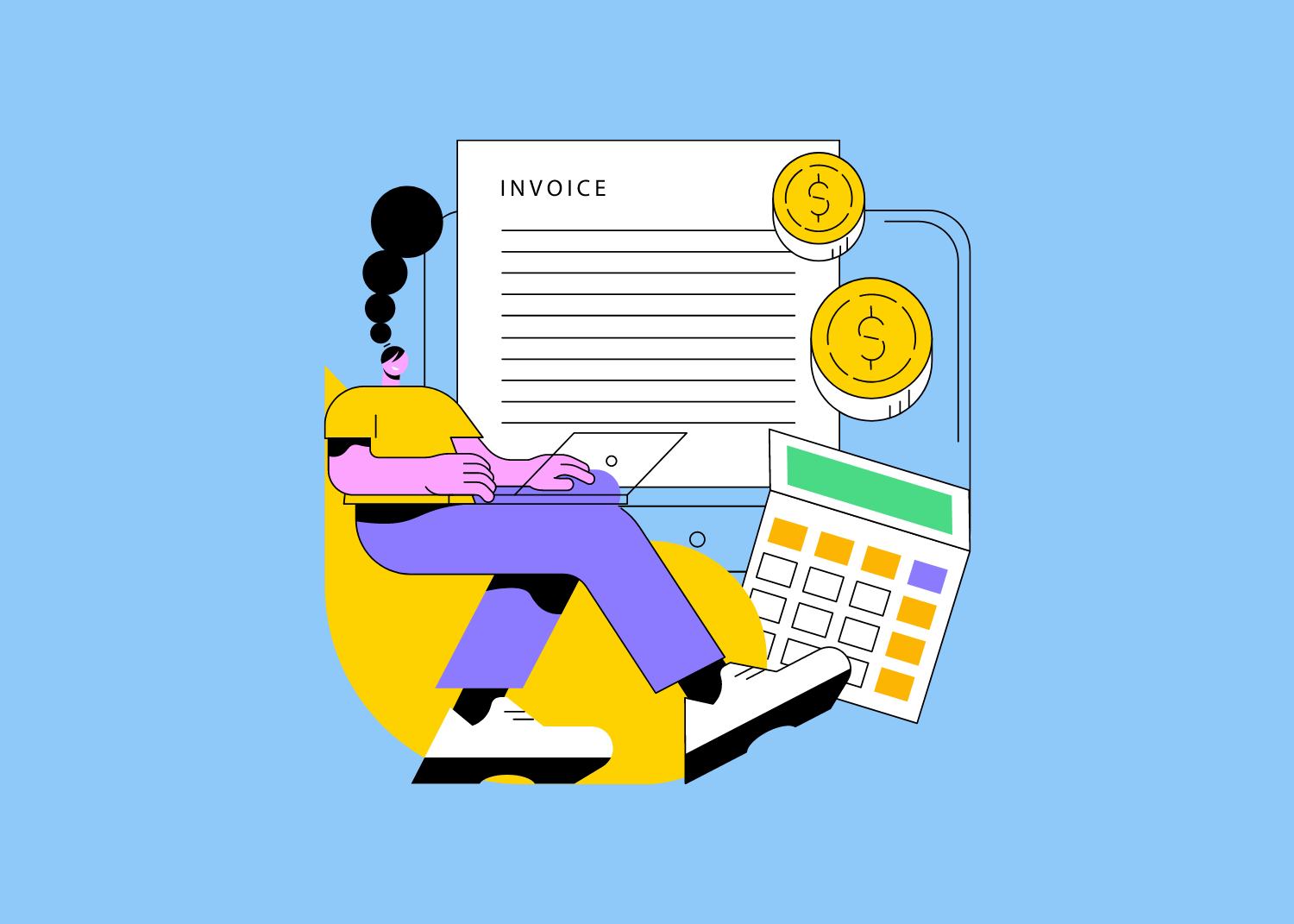Building out a master service agreement and statement of work for your early customers means building out your companies billing terms. These can become quite complex and have a lot of levers in it that you can use to negotiation SaaS contracts. These levers can be used both by your sales team and your legal team to get deals across the line quicker. So with that in mind let’s have a look at some of the common Software as a service billing terms and how they operate in the SaaS environment.
Software as a Service (SaaS) is generally driven by a licensing and delivery model in which software is provided in a number of pricing formats, think freemium, licences or usage driven. On top of each of these ways to bill a customer are multiple adds ons, whether its professional services, onboarding or single sign on. With SaaS there can be a monthly or annual subscription fee to access the software. This subscription fee, along with other charges, is covered under the billing terms of a SaaS contract. Those billing terms include billing frequency, days to pay, refund options, discounts and even discounts based on SLAs.
Software as a service billing terms are complex and confusing, especially for businesses that are new to the SaaS model. There will be a number of enterprise customers that really don’t understand how SaaS products price themselves and while you’re building your business it will take time to polish your pricing to make it simple and easy to understand. Here are some of the common billing terms you might encounter in a SaaS contract.
What you charge for in SaaS
-
Subscription Fee: The subscription fee is the amount the customer pays to access the SaaS application. It is usually charged on a monthly or annual basis and is based on the number of users or the amount of data storage used.
-
Should you charge monthly or annually? Where possible it’s always good to encourage annual, up front payment. It’s simply better for your cashflow. You should always look to build your pricing to encourage up front annual payments. When you’re unable to do this monthly payments should be looked to be automated by credit card payments where possible.
-
-
Setup Fee: The setup fee is a one-time fee charged to the customer for setting up the SaaS application. This fee covers the cost of initial configuration, installation, and training.
-
This is very common in SaaS agreements for products that take a lot for initial set up. A common example is a CRM setup. Helping your customer set up will also help them to be successful on your platform, charge for this where you can.
-
-
Usage Fees: Usage fees are additional charges that are based on the usage of the application. These fees can be based on the number of transactions, the amount of data processed, or other usage metrics.
-
This is common on volume and usage based contracts. Think about examples like Stripe.
-
-
Overage Fees: Overage fees are charges that are applied when a customer exceeds their allotted usage for a particular billing period. For example, if a customer is allotted 10GB of data storage per month and exceeds that limit, they may be charged an overage fee for each additional GB of data stored.
-
Overages can be a great way to make sure that you can charge customers for the more they use your product. Most often invoiced in retrospect if a customer goes over their prepaid allotment.
-
-
Minimum Commitment: Some SaaS providers require a minimum commitment from their customers. This means that the customer agrees to use the SaaS application for a specified period of time, usually one year or more. If the customer terminates the contract before the end of the minimum commitment period, they may be charged a penalty fee.
-
Automatic Renewal: Automatic renewal is a clause in the contract that states that the subscription will automatically renew at the end of the billing period unless the customer cancels the subscription. This clause is usually included to ensure that customers don’t accidentally lose access to the SaaS service.
SaaS Contract Payment Terms
How long should you give customers to pay your invoices? Days to pay is one of the most important things in your SaaS contracts. When you’re billing annually and up front the difference in cashflow better thirty, sixty or ninety day terms has a big effect on how you can grow your business.
What are standard days to pay for enterprise?
This can vary a lot for enterprise customers. The majority of enterprise companies, by their very nature are trying to slow their cash outflows. So they are trying to push out payments as long as possible. From our experience sixty days is the most common number of days to pay, but ninety days are not uncommon.
When does the Software as a Service Billing Terms Counter Start?
This is something to keep an eye on very closely. A lot of enterprise customers will sign a contract with you and then, when you send them an invoice, they will respond with ‘you can’t invoice us until you have a purchase order’. This can be incredibly frustrating. It’s important to work with your team to get this PO creation process started in your customer as early as possible.












